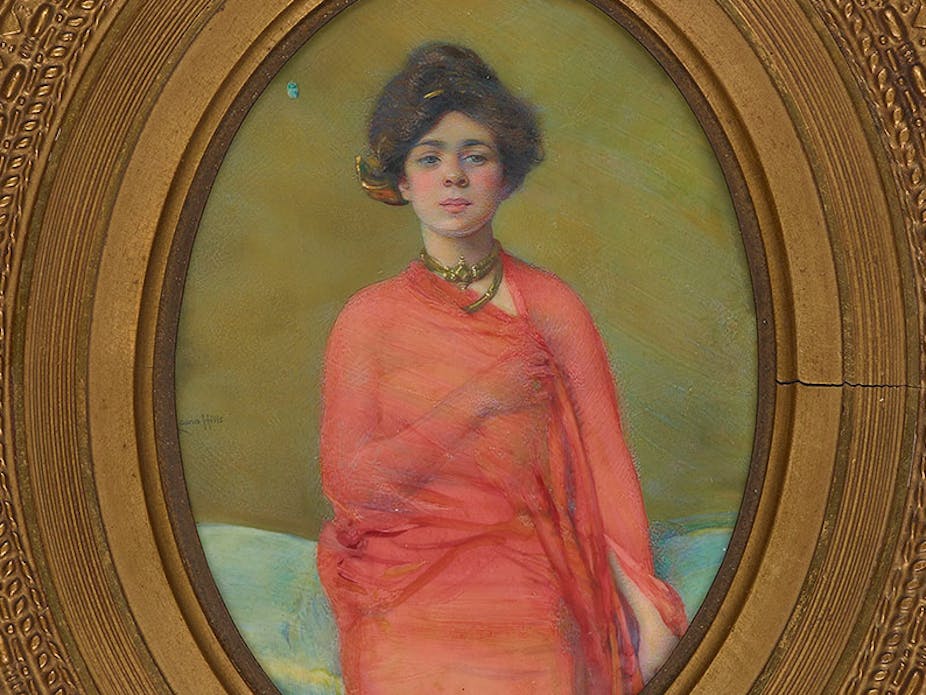by DEBORAH W. PARKER

“Just Because I am a Librarian doesn’t mean I have to dress like one.”
With this breezy pronouncement, Belle da Costa Greene handily differentiated herself from most librarians.
She stood out for other reasons, too.
In the early 20th century – a time when men held most positions of authority – Greene was a celebrated book agent, a curator and the first director of the Morgan Library. She also earned US$10,000 a year, about $280,000 today, while other librarians were making roughly $400.
She was also a Black woman who passed as white.
Born in 1879, Belle was the daughter of two light-skinned Black Americans, Genevieve Fleet and Richard T. Greener, the first Black man to graduate from Harvard. When the two separated in 1897, Fleet changed the family’s last name to Greene and, along with her five children, crossed the color line. Belle Marion Greener became Belle da Costa Greene – the “da Costa” a subtle claim to her Portuguese ancestry.
When banking magnate J.P. Morgan sought a librarian in 1905, his nephew Junius Morgan recommended Greene, who had been one of his co-workers at the Princeton Library.
Henceforth, Greene’s life didn’t just kick into a higher gear. It was supercharged. She became a lively fixture at social gatherings among America’s wealthiest families. Her world encompassed Gilded Age mansions, country retreats, rare book enclaves, auction houses, museums and art galleries. Bold, vivacious and glamorous, the keenly intelligent Greene attracted attention wherever she went.
I found myself drawn to the worlds Greene entered and the people she described in her lively letters to her lover, art scholar Bernard Berenson. In 2024, I published a book, “Becoming Belle Da Costa Greene,” which explores her voice, her self-invention, her love of art and literature, and her path-breaking work as a librarian.
Yet I’m often asked whether Greene mentions her passing as white in her writings. She did not. Greene was one of hundreds of thousands of light-skinned Black Americans who passed as white in the Jim Crow era. While speculation about Greene’s background circulated in her lifetime, nothing was confirmed until historian Jean Strouse revealed the identities of Greene’s parents in her 1999 biography, “Morgan: American Financier.” Until that point, only Greene’s mother and siblings knew the story of their Black heritage.
“Passing” can often raise more questions than answers. But Greene did not largely define herself through one category, such as her racial identity. Instead, she constructed a self through the things she loved.
‘I love this life – don’t you?’
In my view, any consideration of Greene’s attitudes toward her own race must remain an open question. And uncertainty can be acknowledged – even embraced – with judgments suspended.
The Morgan Library & Museum currently has an exhibition on Greene that will run until May 4, 2025 – one that’s already generated debates about Greene and the significance of her passing.
The Conversation for more
